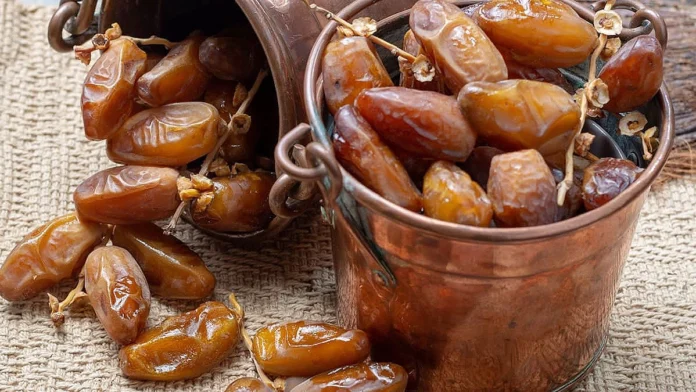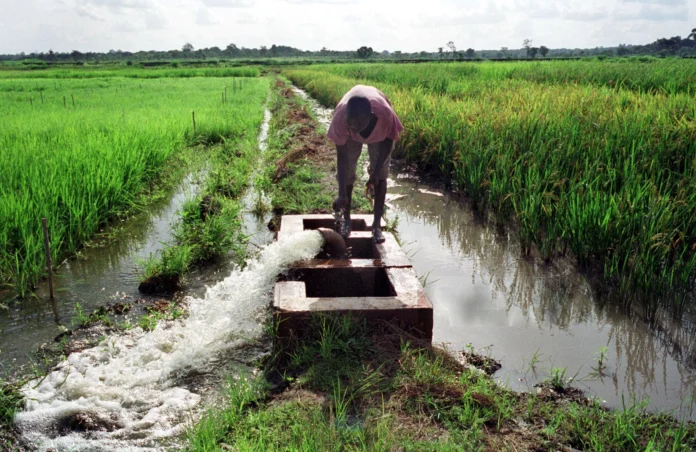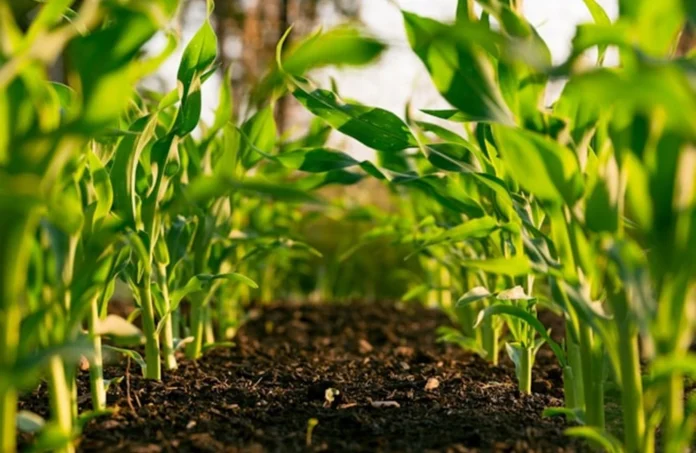Arabfields, Algiers, Algeria — As the autumn harvest season peaks in various global regions, bell pepper farming has seen notable shifts in production, market dynamics, and technological advancements over the weekend of October 25 to 27, 2025. With a focus on economic trends, supply chain transitions, and sustainability efforts, this period highlights the crop’s resilience amid climate challenges and growing international demand. Drawing from industry reports and market analyses, bell peppers continue to affirm their role as a versatile, nutrient-rich staple, driving investments in efficient cultivation methods.
By late October 2025, green bell pepper harvesting has been actively transitioning to new autumn growing regions, particularly in North America and Mexico. Industry updates indicate steady supplies from key areas, with quality remaining high despite earlier seasonal fluctuations. In Sinaloa, Mexico, preparations for expanded exports have ramped up, following the recent reopening of the Japanese market after a 16-year hiatus. This development, announced earlier in the month, positions Sinaloa as a major player, with shipments set to bolster Asian markets and potentially stabilize global prices.
Organic farming has also gained traction, as evidenced by reports of successful harvests on October 25, emphasizing chemical-free methods that appeal to health-conscious consumers. In regions like California and the Midwest U.S., growers are wrapping up seasons with innovations such as herbicide trials aimed at reducing weed-related costs and improving yields. These trials, conducted by university extension programs, show promising results in controlling pests without compromising plant health. Further north, in areas like Chicago, late-season varieties like rocoto peppers were still producing as of October 22, adapting well to cooler temperatures and extending the viable growing window.
The bell pepper market in October 2025 reflects a balanced supply-demand equation, with prices stabilizing after lighter supplies earlier in the month. In the U.S., spot prices for bell peppers reached around 2.06 USD per pound in the fourth quarter, influenced by heavy imports from Mexico and Canada. Globally, the industry is projected to grow from 56.0 million tons in 2024 to 69.3 million tons by 2033, at a CAGR of 2.28%, driven by rising consumer preferences for nutritious, versatile produce. North America alone holds a significant share, with a forecasted CAGR of 6.2% through 2031, fueled by advancements in greenhouse technology that ensure year-round availability.
Emerging trends point to a surge in organic and sustainable practices, with consumers prioritizing pesticide-free options. This shift is expected to capture 39.4% of the fresh green pepper market share by form in 2025, as awareness of environmental impacts grows. In Asia-Pacific, industrialization and higher disposable incomes are expanding demand, with countries like China and India ramping up exports. Peru, meanwhile, anticipates production increases but faces quality risks from pests, potentially affecting 2025-2026 acreage. These factors underscore a market valuing innovation, such as modified atmosphere packaging to extend shelf life and reduce waste.
A different lens on bell pepper farming reveals a strong emphasis on sustainability amid climate uncertainties. Reports highlight the integration of regenerative practices and pest-resistant varieties to combat challenges like seasonality and diseases. With global exports surging, Peru alone saw a 71% volume increase in early 2025, the industry is adapting through diversified sourcing and tech-driven efficiencies. Looking ahead, the focus on health trends, such as incorporating bell peppers into ready-to-eat foods, positions the crop for robust growth, potentially reaching a market value of $7.5 billion by 2033.
This weekend’s developments signal a maturing sector, where economic viability meets environmental stewardship, encouraging stakeholders to invest in resilient farming strategies for 2026 and beyond.












